When the first season of the local documentary series Search and Rescue: North Shore premiered on Knowledge Network in 2020, I knew very little about North Shore Rescue, a volunteer search and rescue team that has operated in North Vancouver since 1965.
Sure, I’d heard about volunteers plucking the unlucky off of cliffsides, rescuing skiers who’d ventured out of bounds and searching for lost hikers. But that was about the full extent of my knowledge.
Over the course of watching the first season, however, the extraordinary intent, history and members of North Shore Rescue became indelible. Having hiked some of these trails in my youth, seeing them again was part of the attraction. But even the least outdoorsy folk on the planet couldn’t help but be hooked by the drama, pathos and triumph of witnessing people survive some of the most hellacious of experiences.
When the initial series ended, like a great many folks, I wanted more.
That wish has been granted.
The second iteration of Search and Rescue: North Shore debuted a few weeks back and it feels a little like old home week. Back into the helicopter we go! We’re once again following the rescue team as it trudges the trails that criss-cross the North Shore mountains, and we’re back to dangling off the longline of a helicopter with them, ascending hundreds of metres into the air.
It feels a little like a reunion as many of the rescue volunteers featured in the initial series reprise in this one. They’re charming, fascinating folk like original North Shore Rescue team members Allan Danks and Dave Brewer, as well as Mike Danks, who led the team for 30 years before passing the torch to Scott Merriman earlier this month.
Some of the more surprising elements from the first series have been added and enriched by a familiarity with rescue procedures and terminology, as well as a deeper understanding of what it takes to capture the action.
As the series director, Grant Baldwin, explained about the first series, the film crew was on call 24-7 to document as much of the action as they could.
At times, one had to wonder exactly where the camera person was and what they were dangling from to get the shot. The same holds true in the second series, with multiple sequences of dramatic rescues involving helicopter longlines.
Not all heroes wear capes — including the camera crew
Even the most mundane scenes of team members trudging up a hillside mean that the camera had to be there first to have time to set up and capture the shot. The initial reluctance that team members had about being filmed has long since vanished, and there is a seamlessness to the action that speaks to a solid working relationship between the volunteer rescuers and the film crew.
Another thing that hasn’t changed is the ongoing, unstoppable force of people testing fate. Sometimes, the predilection for pushing boundaries appears minor, and it takes the form of a challenging bike ride or an intrepid hike.
But one misstep or wrong turn, and things can go from sunny fun times to the worst moment in a person’s life.
The capriciousness of fate comes flying out in full force from the first few episodes. One moment, a person is looking at stunning vistas. The next, they’re being airlifted to the nearest hospital.
The mixture of extremity with mundanity never fails to fascinate. But it’s the strangeness of fate that lingers the longest as the footage inevitably invites a viewer to contemplate why one person lives and another doesn’t.
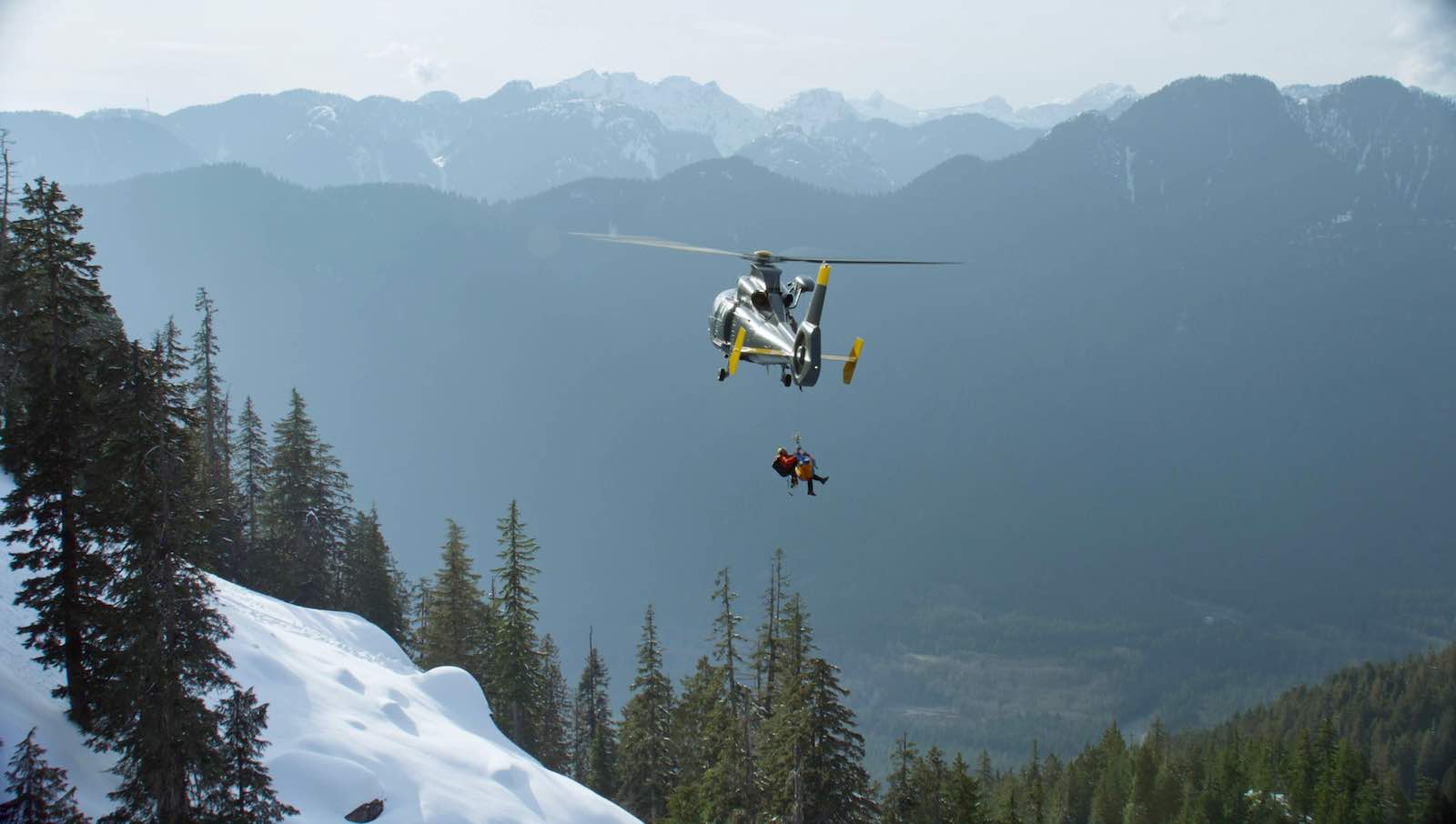
In an early episode, an older man with dementia leaves his home, vanishing without a trace. While the team and the man’s immediate family comb the neighbourhood, a surprising journey takes place across the city. Without giving away too many spoilers, the rescue team are in for something of a shock when the missing man is finally found.
In another narrative arc, an avid hiker suffers a massive heart attack while on a trek with his hiking club, coming perilously close to death.
Walking a fine line, and through it all, courage
Most of the stories featured on the series have happy endings, but there are incidents that take a tragic turn.
There are people who went for a hike and were never seen again. In one case, a man named Neville Jewell from White Rock, B.C., parked his car in the Cypress Mountain parking lot in West Vancouver. He had intended to hike the West Lion, the more difficult of twin peaks accessible from the Cypress lot, and was never seen again.
Jewell’s daughter Chelsea recalls that at the time of her father’s disappearance in 2015, she was so angry that multiple North Shore Rescue searches turned up not a trace of her dad. But almost a decade later, she views it somewhat differently.
“As time went on, it just came to be what it was,” Chelsea says. “I didn’t accept it then, but I accept it now.”
Even many years later, the team continues to look for any signs related to cold case files like Newell’s if they’re back in the same area.
It doesn’t take much to turn the tide between a pleasant hike and a harrowing struggle for survival. Any number of things can decide the edge between survival and its very opposite, whether it’s heat, cold, wind, rain or rough terrain.
It’s this razor line that winds its way through many of the episodes.
Whether it’s people who engage in riskier pursuits like BASE jumping or free climbing, or an older woman who takes a tumble off her mountain bike and suffers a spinal injury, one of the things that is striking about people who need help, whether it’s medical assistance or merely a path back down a mountainside, is how brave and resolute they are. A nine-year-old girl remains stoic and calm in the face of her injury while grown men howl and flail as team members deal with theirs.
What can’t be saved
Despite the number of people who need to be plucked off cliffsides, people still venture out with little more than a water bottle and a pair of shorts. But even the fittest folk, kitted out to the eyebrows with gear, still need help.
A case in point is a group of young men in their early 20s who make a call for help when they end up going off course and get stuck in cold, rainy weather.
By the time the search team finds the young men huddled together, a couple of the group are too cold to even walk and must be airlifted for immediate medical help. It’s a reminder that even the strongest, most experienced hikers can be taken by surprise.
The members of the North Shore Rescue team do their utmost to ensure that everyone gets to go home, but the show does not soft-pedal the considerable risks that come from heading into the backcountry.
The stories that linger the longest are also the saddest.
I still think about the two young girls who went out of bounds on a skiing trip and perished. More than 20 years afterwards, the team discovered a jacket with a tube of ChapStick still tucked inside a pocket. As Mike Danks stated, he knew immediately who it belonged to. “That kind of experience burns in your memory,” he says.
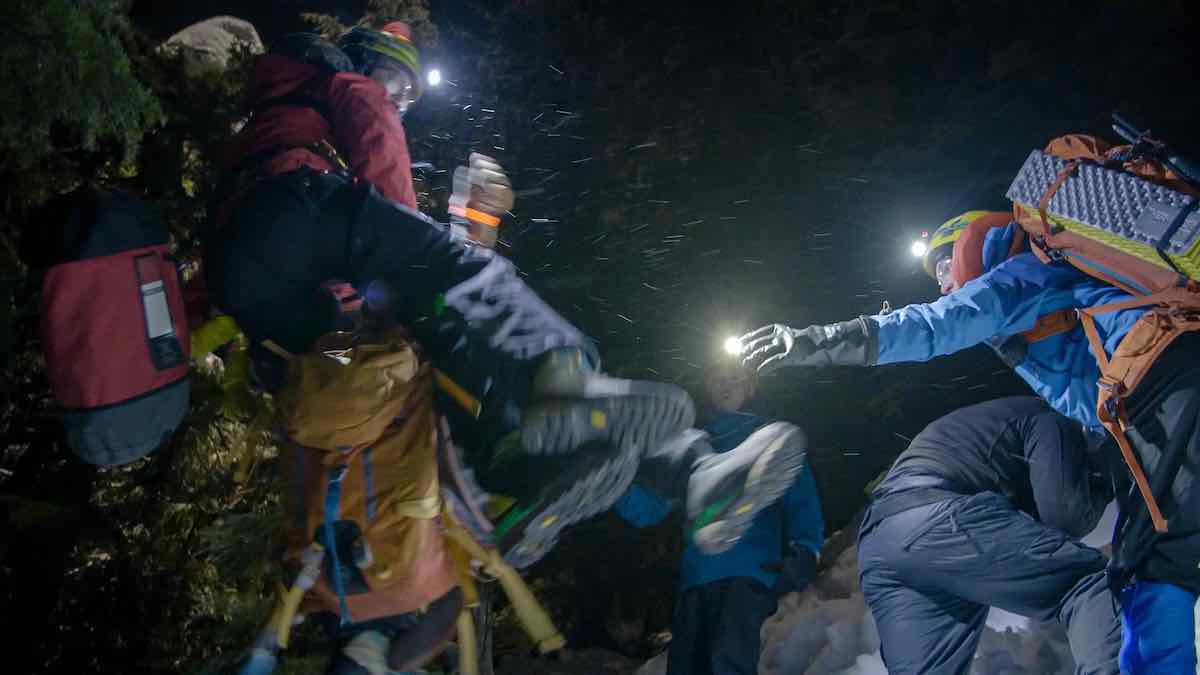
In 2021, 21-year-old Nikki Donnelly called her boyfriend in Toronto when she got lost on St. Marks Summit near the Howe Sound Crest Trail in Cypress Provincial Park. She called her boyfriend several times, but bad weather prevented rescue crews from finding her alive.
I still think about these people, and the almost radioactive grief that their deaths leave behind. I’m not sure why such small details hit so hard, but they’re almost unbearable in their profound sadness.
At the time of the series’ premiere earlier this month, the search was ongoing for three hikers lost on Mount Garibaldi.
Remarkable generosity
From the most tragic events can come a measure of good. The death of 22-year-old Tom Billings was one such incident. In November 2013, Billings, who was visiting Vancouver as a tourist from the United Kingdom, was reported missing when he failed to board his flight back to England. A report came in that the young man had been sighted hiking near the Hanes Valley Trail between Lynn Valley and the top of Grouse Mountain. With this information, search and rescue efforts were concentrated in the vicinity.
It was one of the largest and longest searches North Shore Rescue undertook. They even released video footage from a helicopter hired by Billings’ family in a public bid to search for clues.
But no trace of Billings was found. Years later, in 2016, a hiker came upon what they believed to be human remains in the Cypress Mountain area.
The fact that Billings was discovered in an entirely different place than where searchers had concentrated their efforts was disheartening. But something positive did come out of the experience.
As a memorial to their lost son, the Billings family donated funds for a cabin and helipad to be built on the west side of Mount Strachan where their son’s remains were discovered.
The structure included a portrait of Tom Billings on the door. The cabin and the helipad have already saved a number of people.
In one of the series’ final episodes, Danks and his dad, who introduced his son to the North Shore Rescue team, are captured clambering over rocks before a reunion dinner with some of the organization’s original members.
The younger Danks began volunteering when he was only a teenager and has been a part of the team for close to 30 years.
But all things must come to an end. Mike Danks recently announced that he was stepping down from his leadership role with North Shore Rescue.
Bittersweet isn’t quite sufficient to summarize the moment. What endures is a sense of continuum, a passing on of knowledge and experience that speaks to the very best in human nature.
To give of your own time, effort and energy to a stranger, with no recompense. Except for the gratitude and the experience of helping another person.
It reaffirms my faith in the innate and foundational good in humanity.
‘Search and Rescue: North Shore’ is available for online viewing via Knowledge Network. ![]()
Read more: Film, Environment




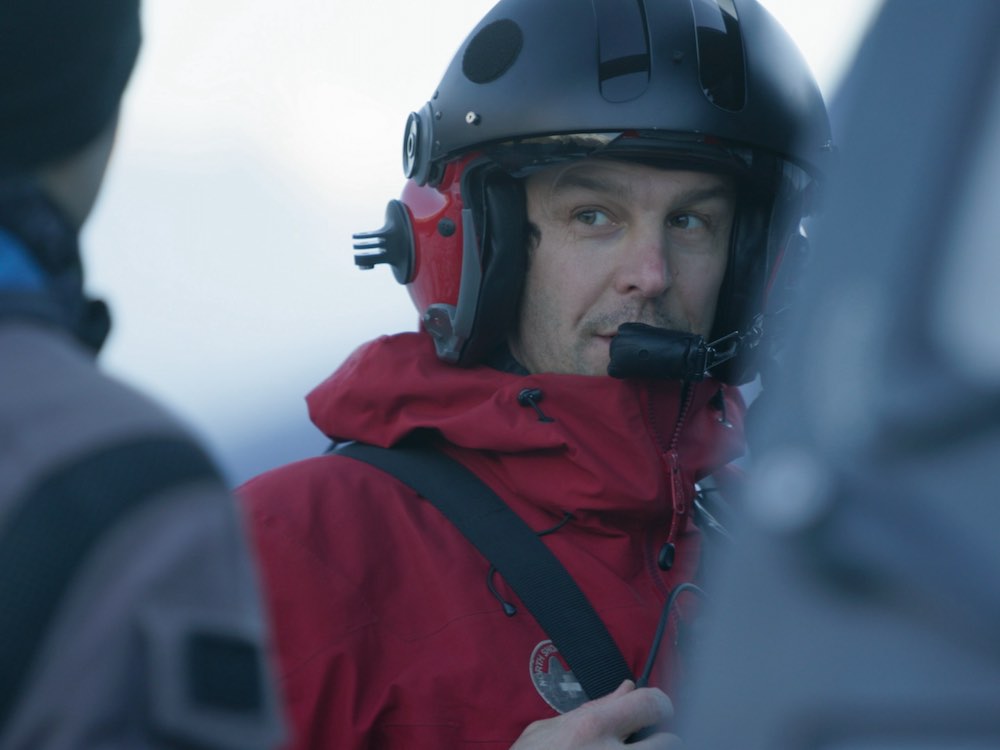

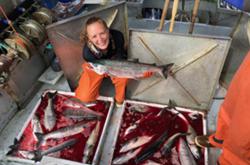


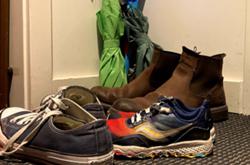


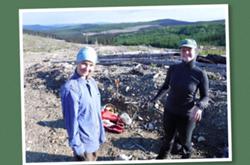



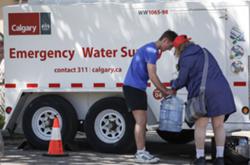
Tyee Commenting Guidelines
Comments that violate guidelines risk being deleted, and violations may result in a temporary or permanent user ban. Maintain the spirit of good conversation to stay in the discussion and be patient with moderators. Comments are reviewed regularly but not in real time.
Do:
Do not: